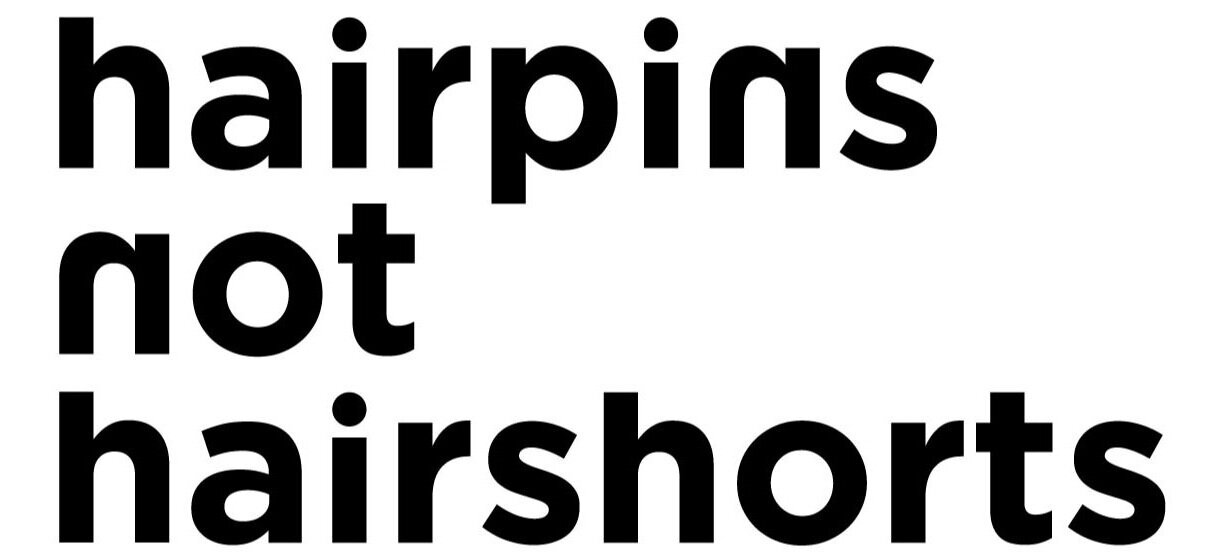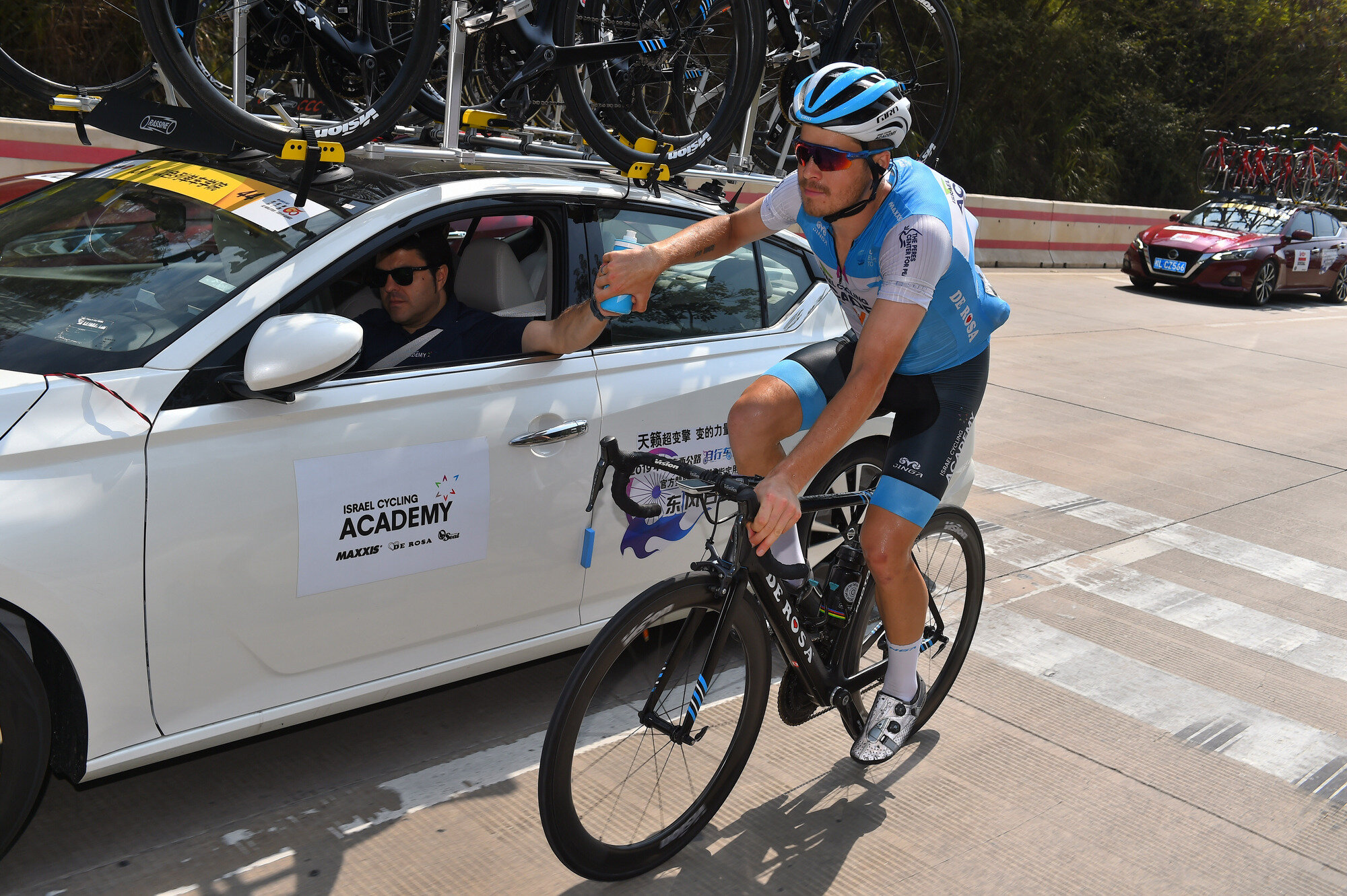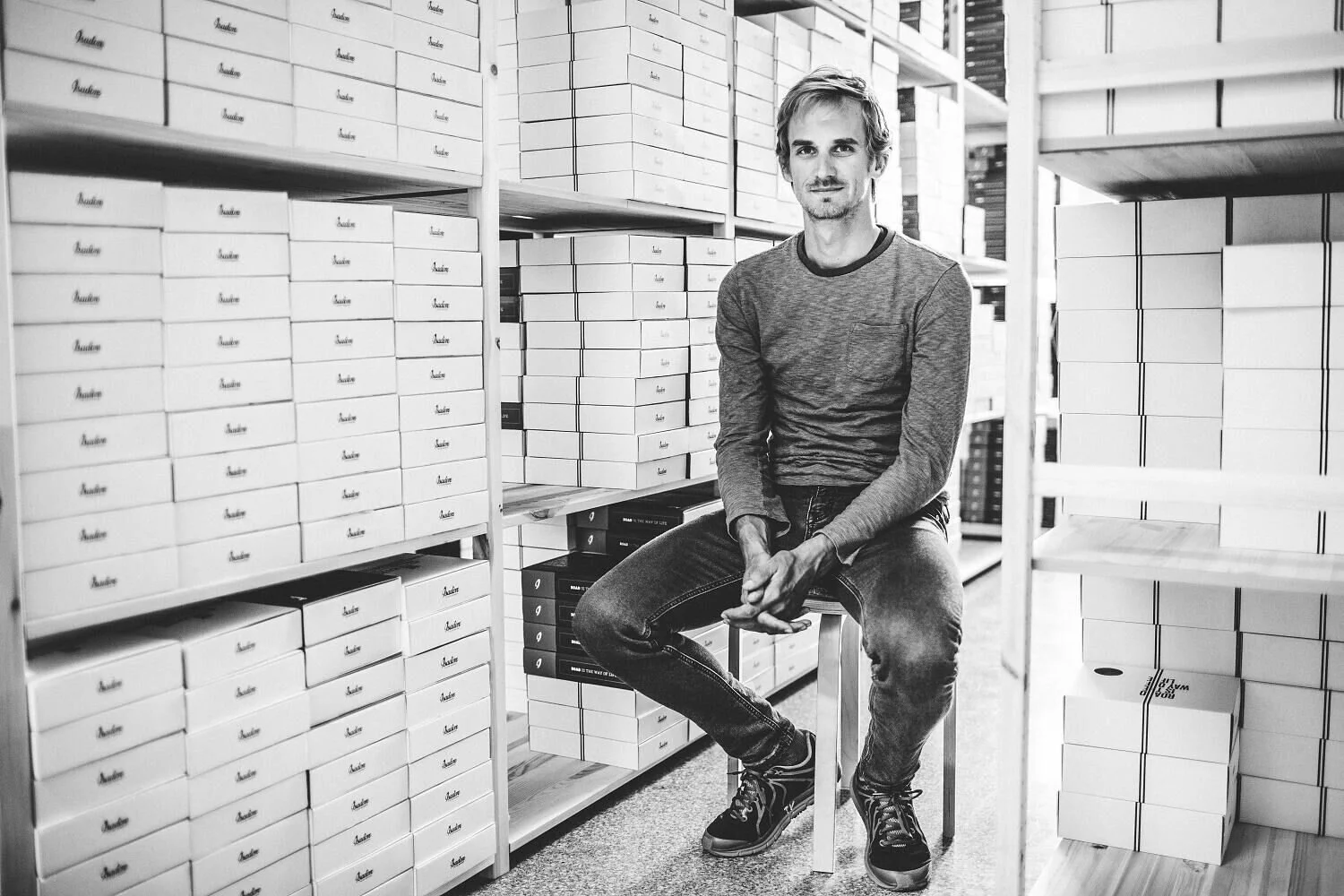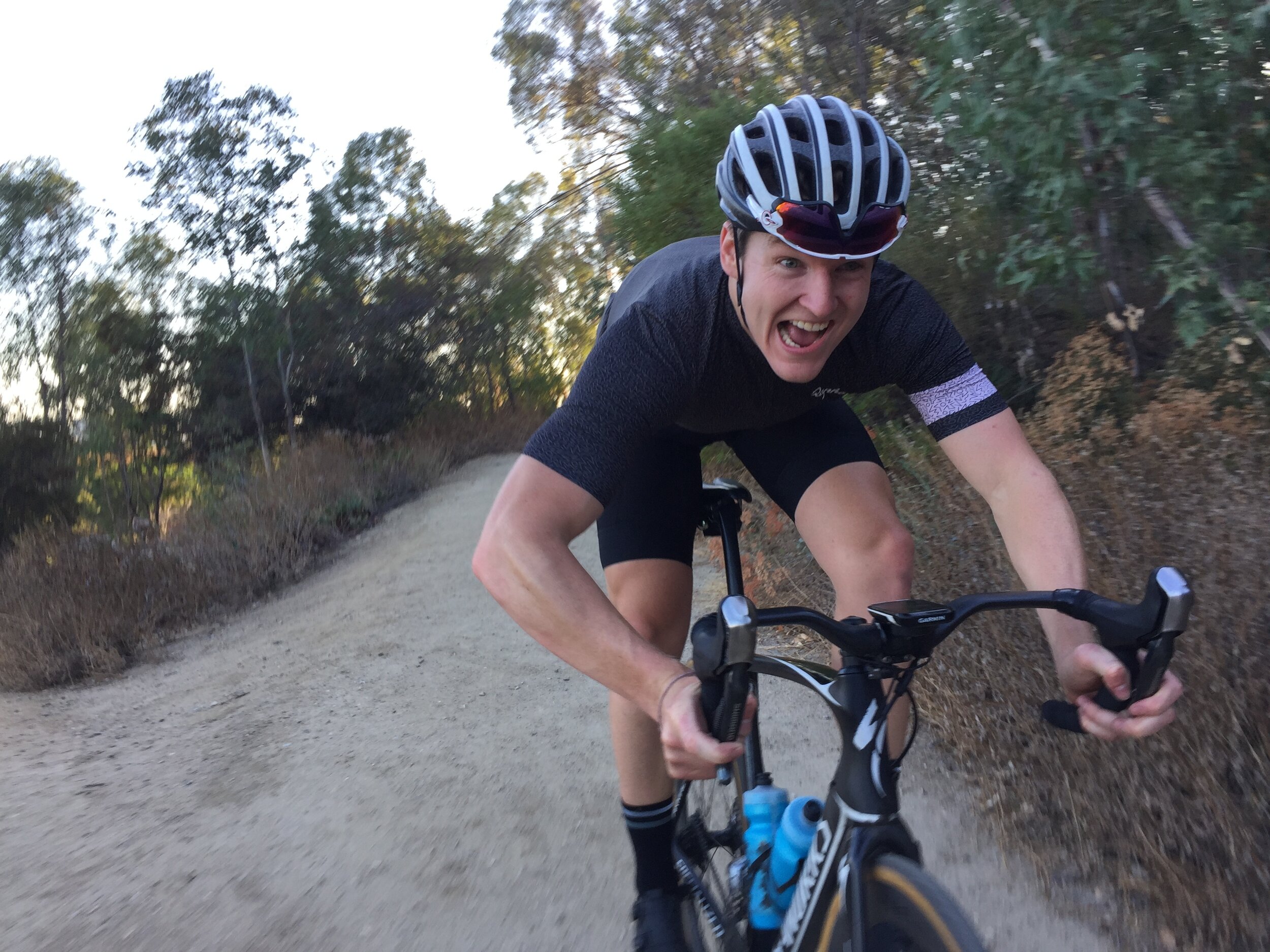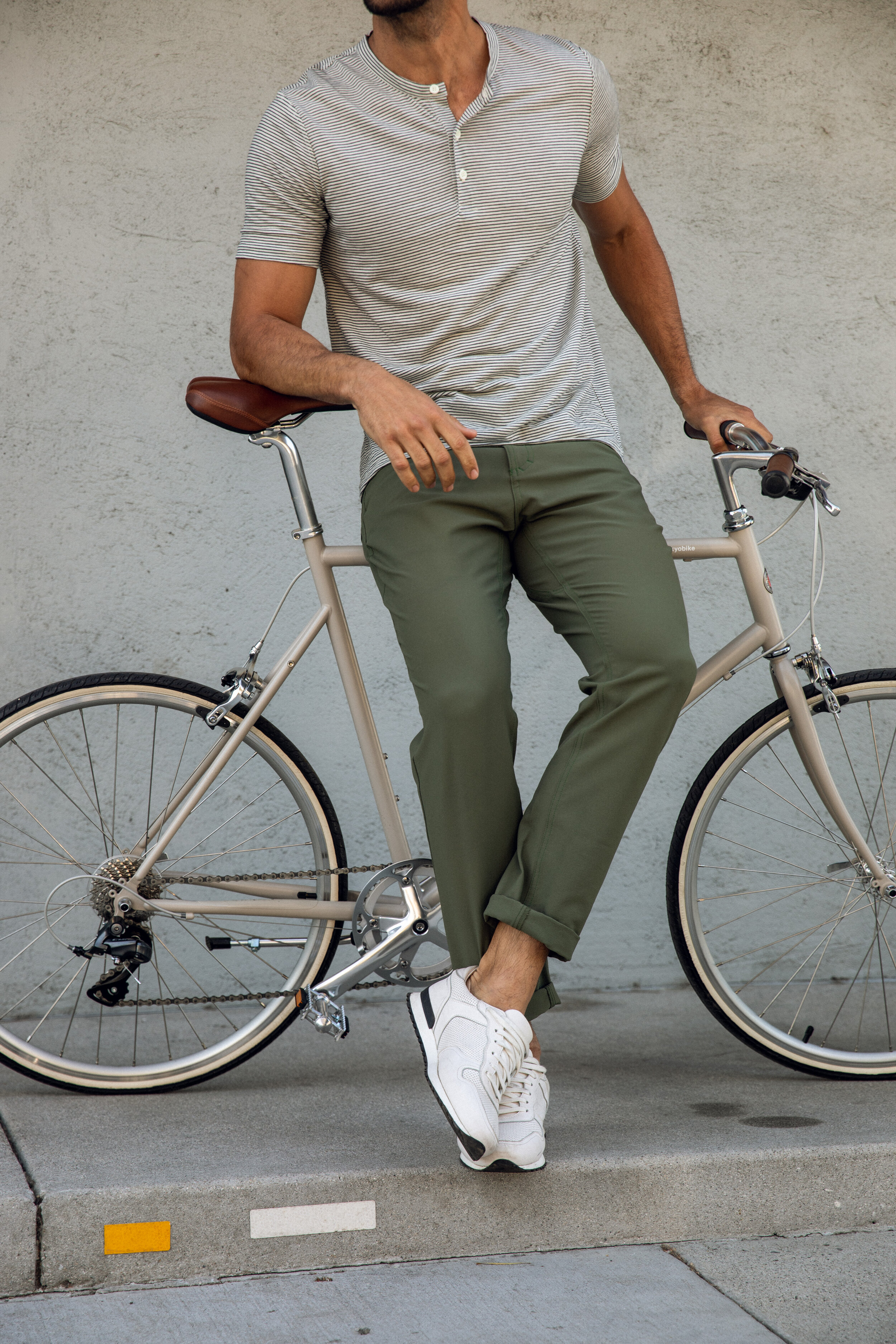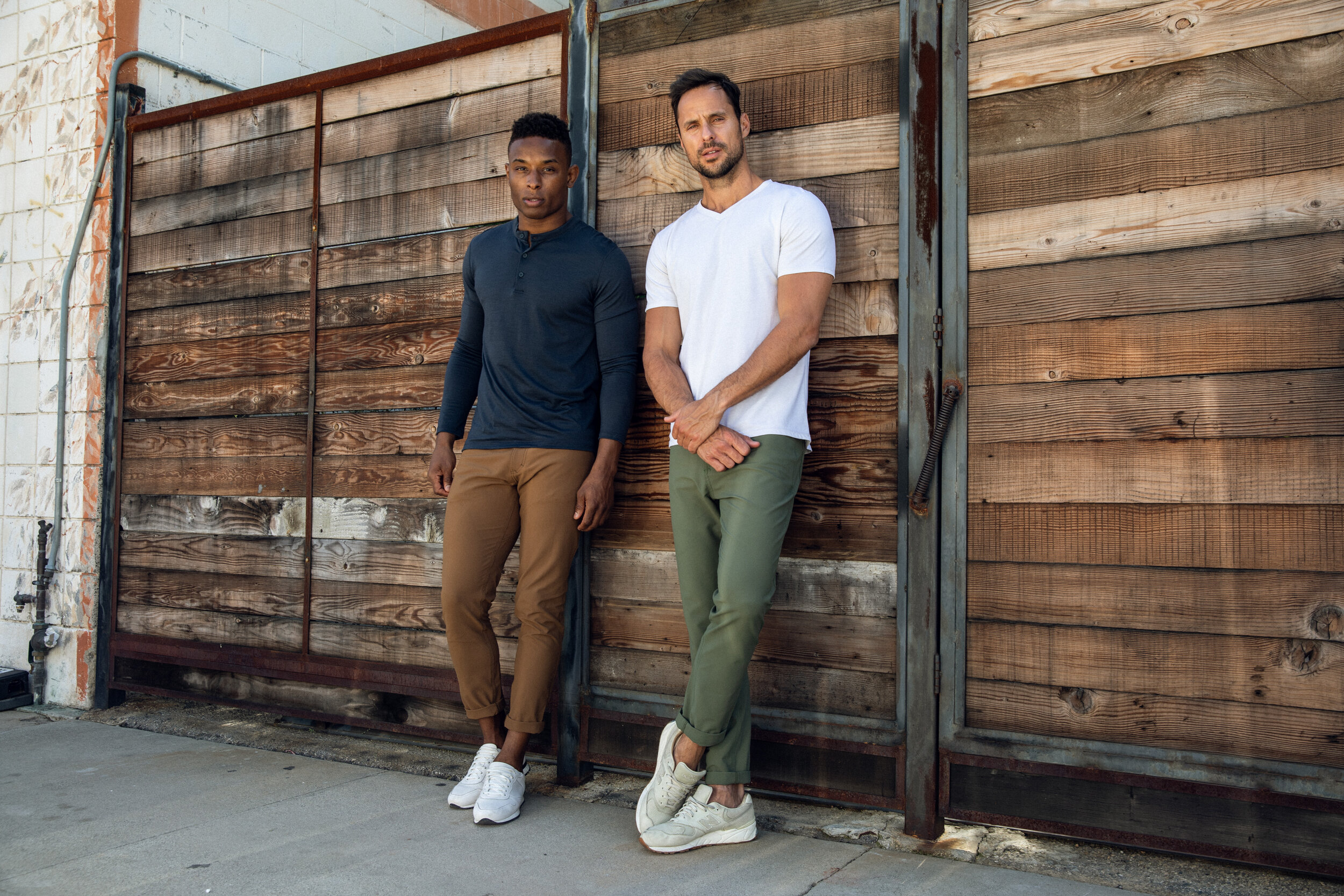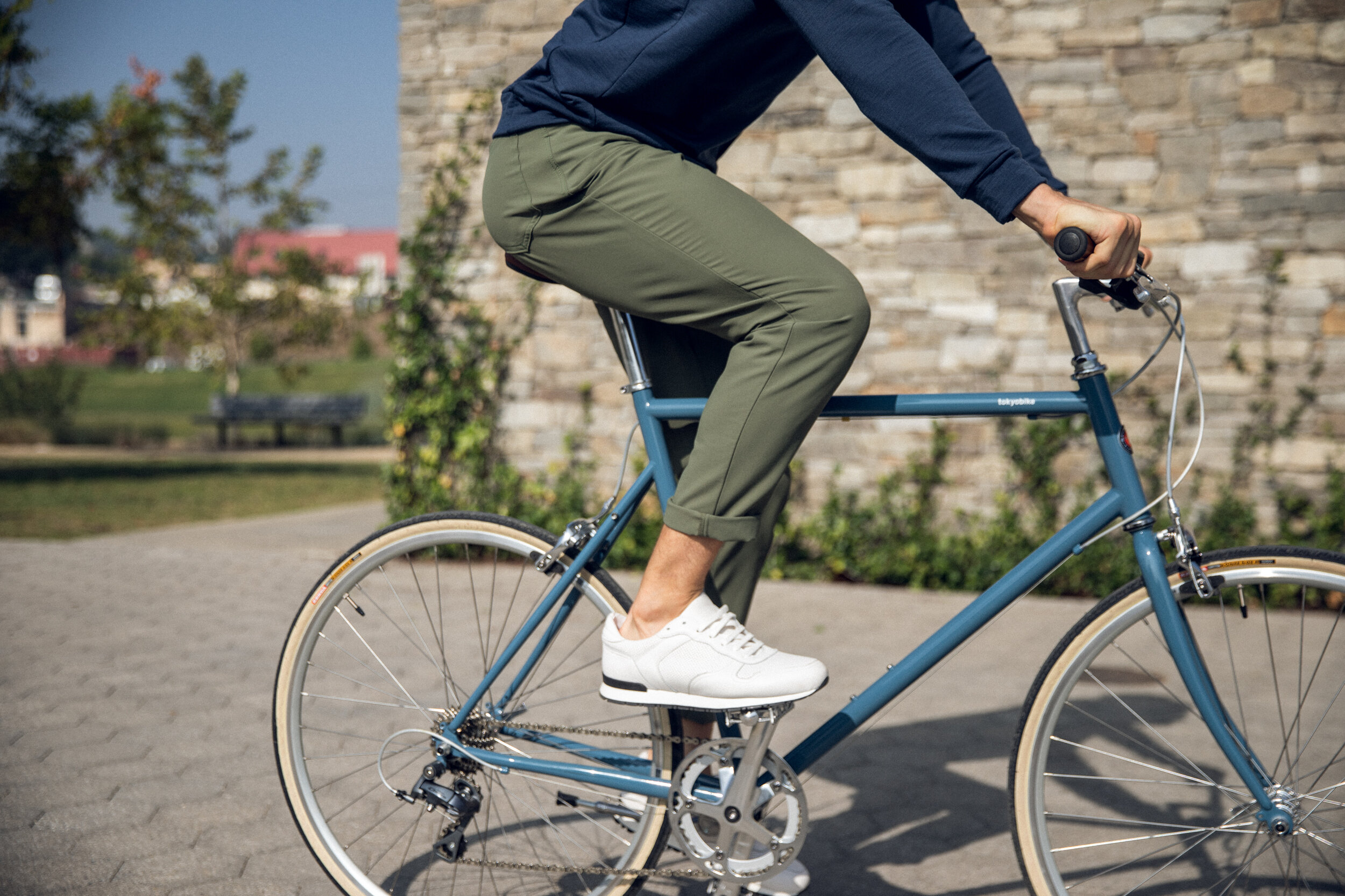Ben Perry continues his ride into difficult 2019 transfer market
The brutality of cycling never stops. Off-season. On-season. It’s all the same. A tireless grind. Either you’re riding full gas around road furniture in hopes of making a top-ten, or you’re chasing a contract in hopes you’ll be able to do it all again next year. What a beautiful, awful, amazing and terrible hamster-wheel.
Sure, it all looks glamorous from ten thousand feet. Riding your bike for money. Travelling around the world. Training hard day-in, day-out. However with changes to team sizes, license swaps and teams folding regularly, it’s a precarious line of employment. Some would even say unsustainable. Ask Ben Perry - the 25-year-old with/formerly of Israel Cycling Academy (or whatever the team’s going with in 2020). He’ll tell you.
Perry is a talented, hard-working Canadian rider who had a very decent 2019. He pulled second in the GC at the Tour of Korea, second on a stage of the Volta a Portugal and a couple other solid results. Not big name races, no. But he rode for a pro-conti team. They don’t get a dance card to every prom. Regardless, he showed talent - enough to warrant another lap around the sun.
Alas, he might not get one. Despite verbal assurances that he showed enough promise to continue - Perry is out of contract and looking for work. We chatted as he was on the hunt for a new opportunity. He was introspective and sincere about his experience and plans for 2020. A young rider who is definitely not ready to hang it up, but understands the meat grinder that is cycling might be making that decision for him.
Tell me about 2019 with Israel Cycling Academy - what were the highs and lows?
2019 was a mixed-bag of a year for me. I got sick a bit, crashed. Then I came back to Canada, did a big training block and from about April onward - contributed a lot. I had some good results in Europe, a great ride at Tour of Estonia, a great Tour of Korea, was second overall, and then raced in Belgium and showed some good form. It’s hard to see the tangible, good ride, bad ride, in all that. But from Tour of Estonia onward I had good results and a good period supporting the team.
In 2020 ICA is moving to the World Tour but your contract isn't being renewed. Where does that leave you for next year?
There’s no spot for me at the new WorldTour team, but that’s kind of the way the cycling world works. It’s normal. This guy knows that guy who knows that guy, and at the end of the day, they have to cut a bunch of riders. I was told to be positive, but with the team’s plans solidifying, next year doesn’t leave me with a lot of options, especially with the number of pro-continental teams going down from 24 to 17. Being a Canadian rider doesn’t help much either, cause a lot of sponsors aren’t interested in riders from markets where they don’t do business. It’s tough.
Presumably looking for a team, what's that process like (so late in the season)?
I’ve been really lucky with people pointing me in different directions to talk to people, so I’ve got a few things going but nothing signed or anything. I’ll definitely be able to race my bike somewhere, it’ll just depend at what level and where. It’s stressful. You see it this year that there are riders in the prime of their careers retiring or dropping down levels just to keep going.
How would you describe the 2019 transfer market?
It’s been really crazy. It seems like there’s a collection of teams that are hiring exclusively from certain places. One Italian team is taking only Italian talent, for example. Another taking only Norwegian and Danish riders. It’s been bad for a lot of guys I’m talking with. Hopefully that changes in 2020.
I had three years with ICA and I’m really happy I improved every year. The thing with that is, everyone is getting better every year. Masters riders, kids racing and professionals. None of them are ready to give it up. Right now it’s not looking like I’ll have a chance to ride on any professional level teams; I’m speaking to quite a few continental teams, but right now, nothing.
What's your fallback if worst case, nothing pans out?
I’ll be working hard on finishing my degree by winter 2021; but regardless of what happens I’ll always be riding my bike.
Dan Martin and Nils Politt are set to lead the new-look WorldTour team in 2020 - with the team's talent, how do you think they'll fare next year?
This team going to the WorldTour next year is a pretty big step. The team is getting a lot of support from Katusha and a lot the experience that goes with it. You never know the trajectory of riders, so we’ll have to see how they come out Down Under and onward from there.
